But since Saturday, I’ve been regaling anyone who’ll listen with stories about moths. Most of the stories go like this: “It’s black and white/pink and green/black and red/orange and yellow/green and silver/bronze/black and yellow and it looks like a broken twig/art/bird poo/bark/a bee/Cruella de Vil/a leaf and it’s AMAZING! Moths are AMAZING!”
But on Saturday morning, I was fortunate enough to be invited up to Pestalozzi near Sedlescombe, East Sussex, where Dave Green had set out three moth traps the night before. When we walked in, Dave was balancing a broken silver birch twig on his finger. Only . . . the twig was in fact a moth. A buff-tip moth. At once, I was intrigued. I can’t remember ever seeing such fantastic camouflage. I was also impressed with its hair-do!
The peppered moth has an interesting story to tell in terms of camouflage and natural selection. Before the industrial revolution, most of these medium sized moths were speckled black and white. From the industrial revolution, pollution from coal smoke and other sources turned many of the trees and habitats of these moths black; those moths with more white on them were more visible and more likely to be predated. By the end of the 1800s, almost all of these moths - at least around industrial cities - were completely black. Nowadays, the peppered moth has mostly returned to a paler, speckled state.
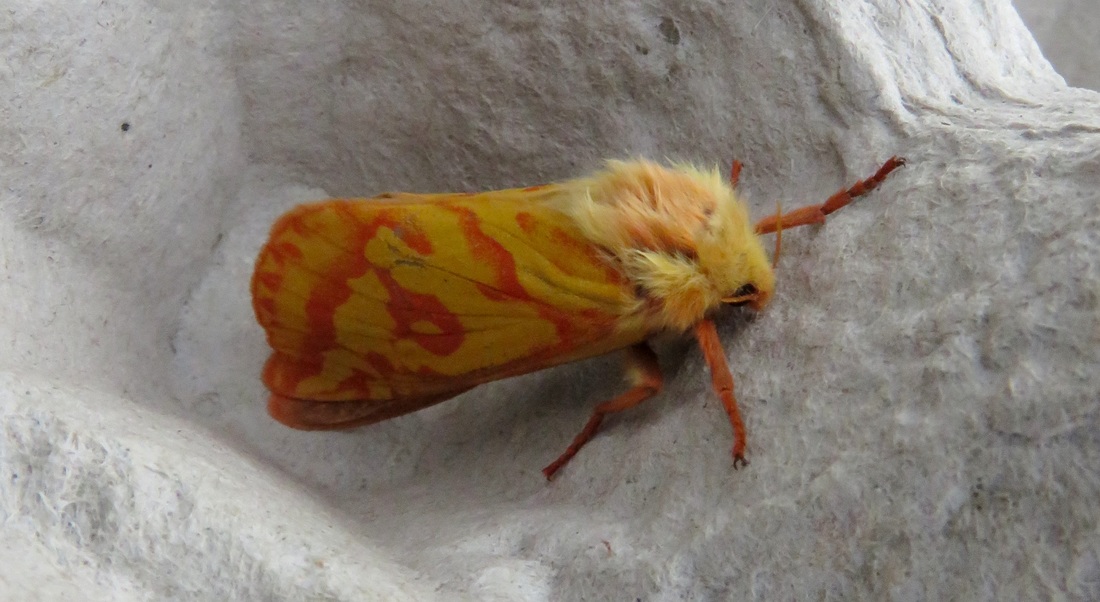
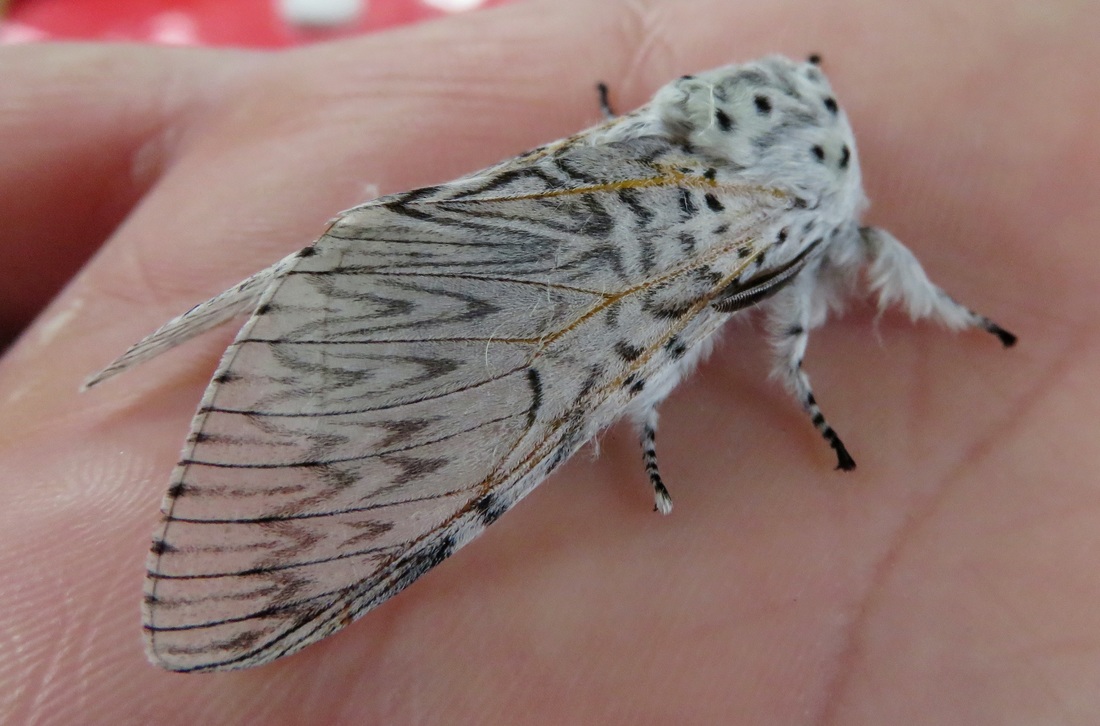
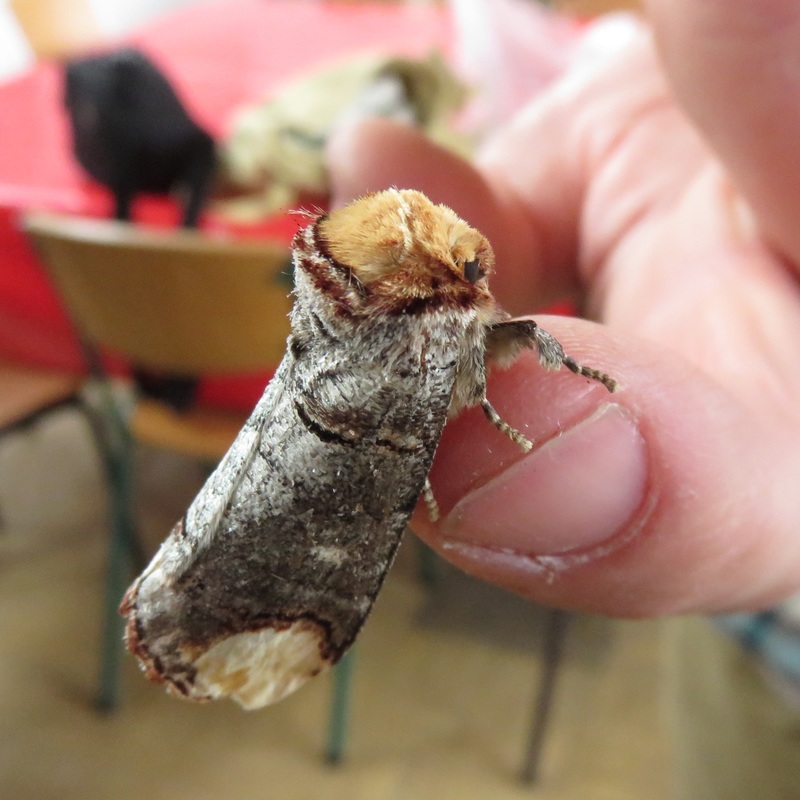
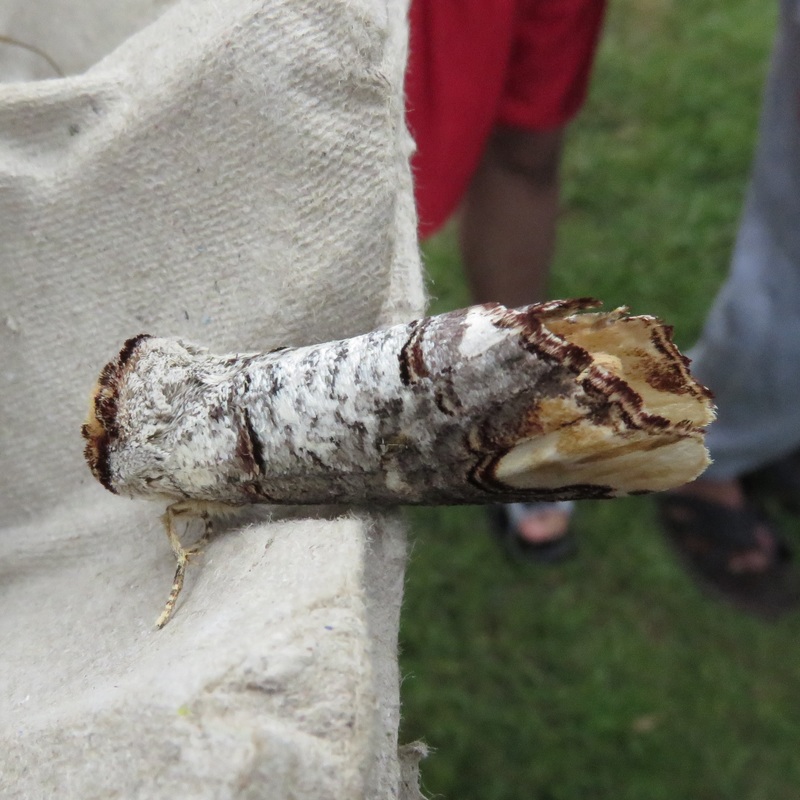
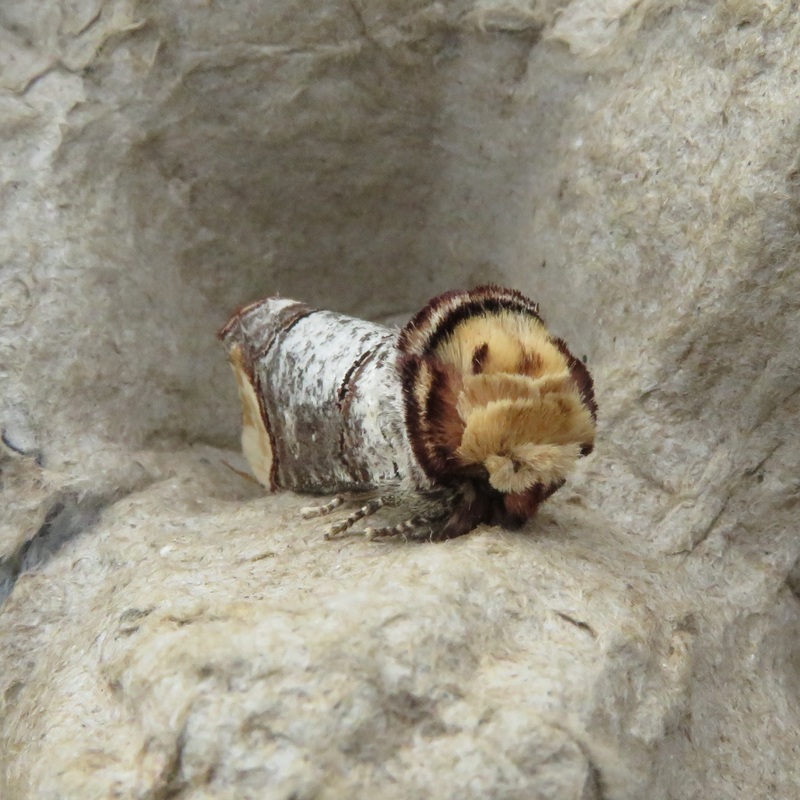
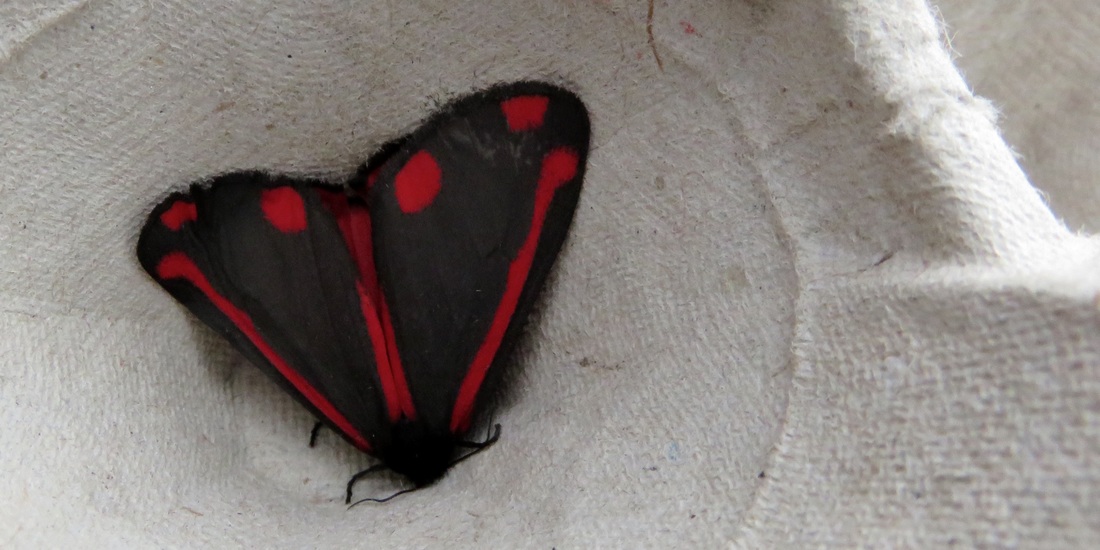
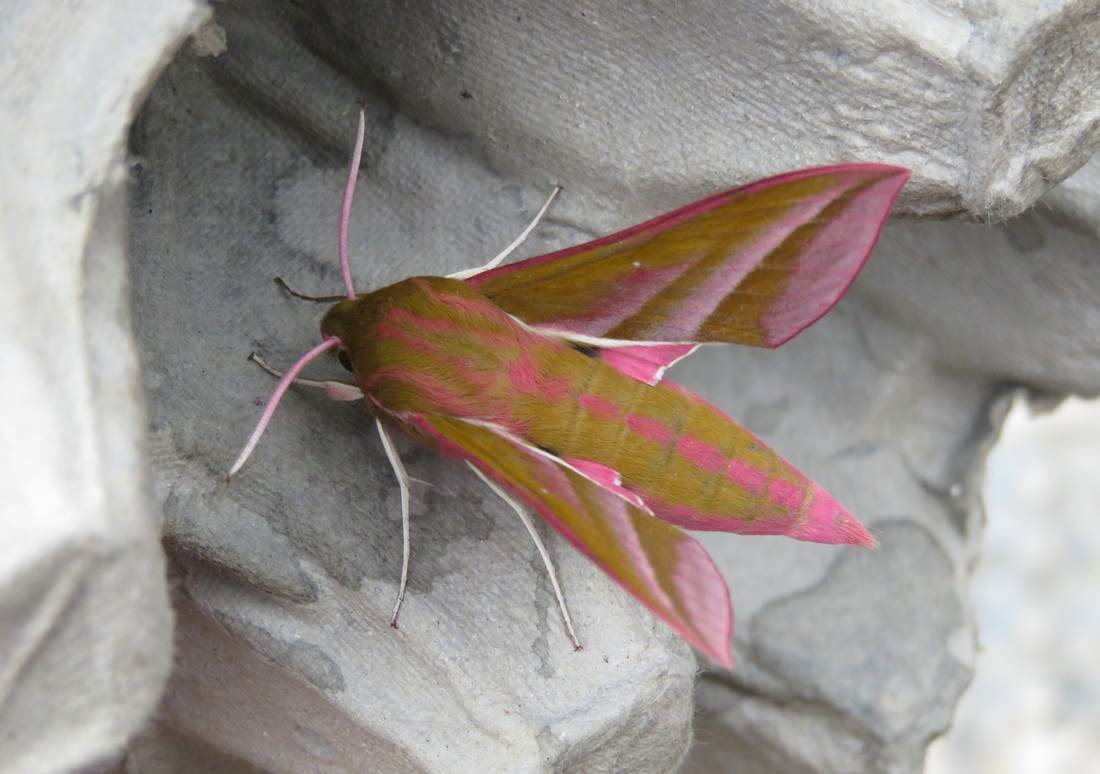
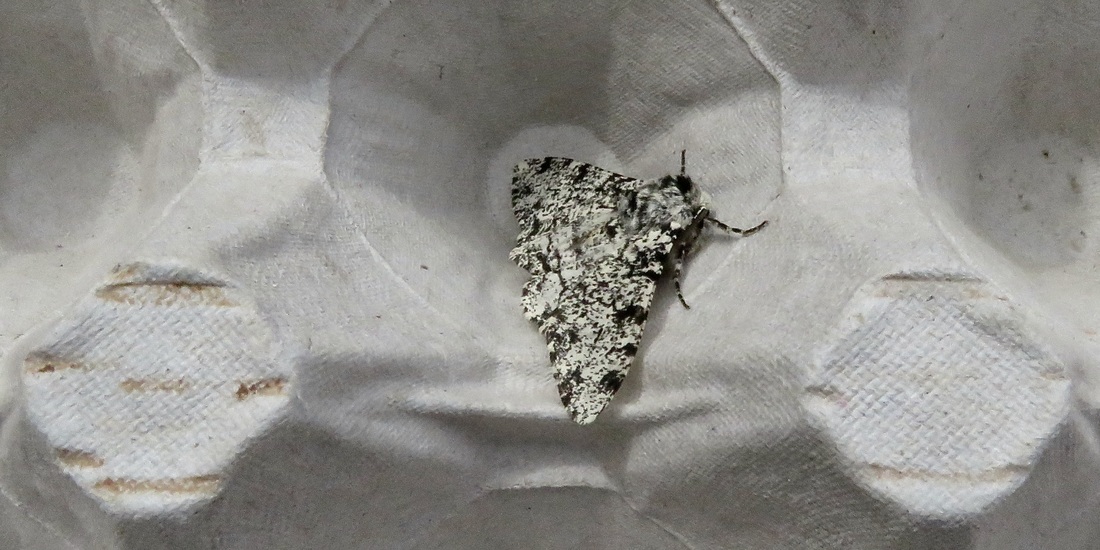
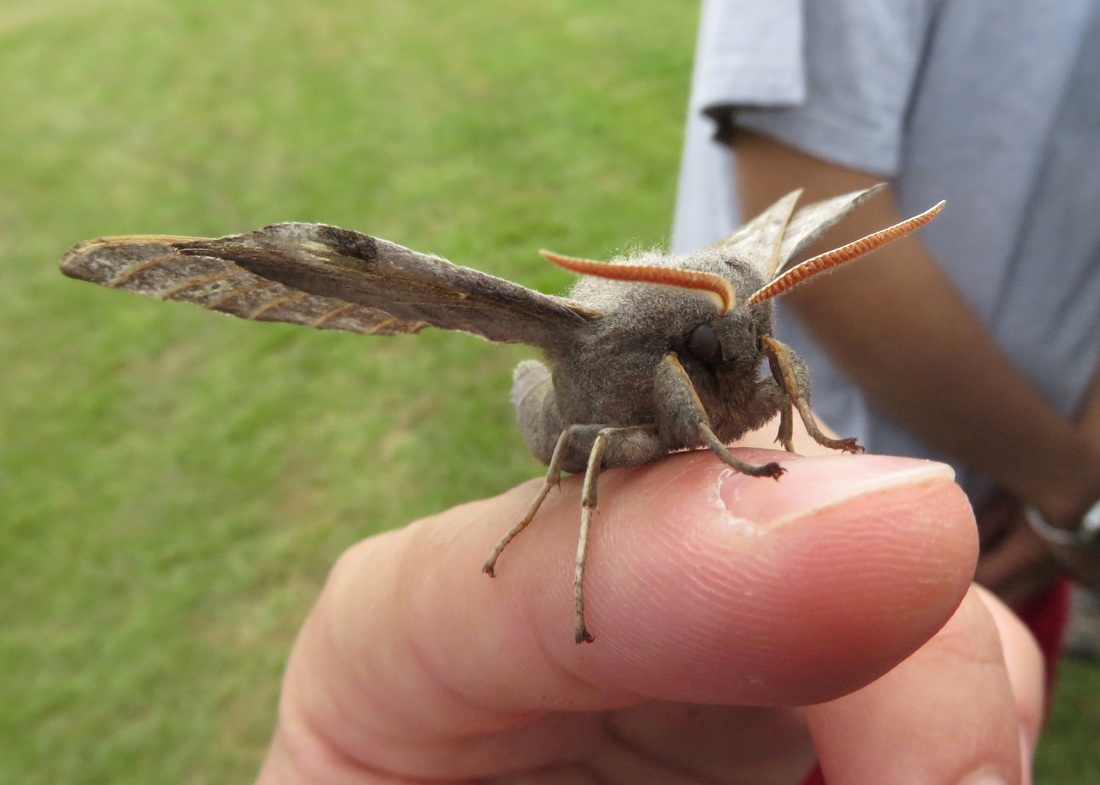
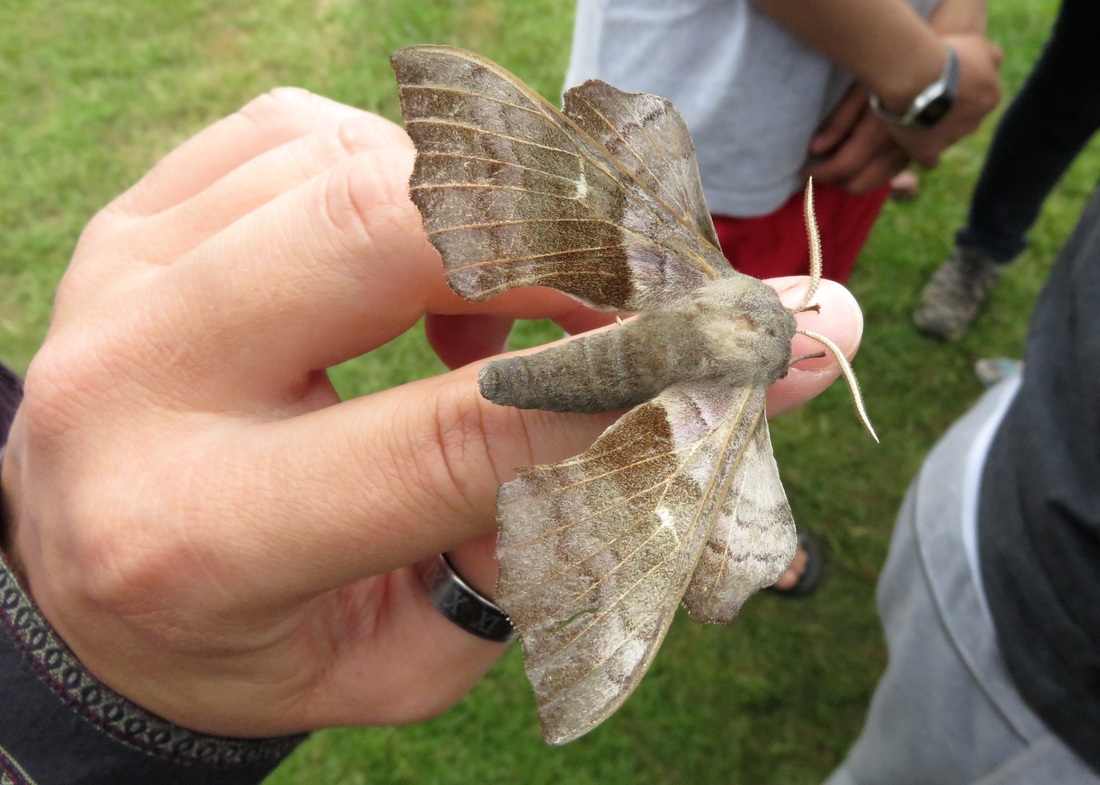
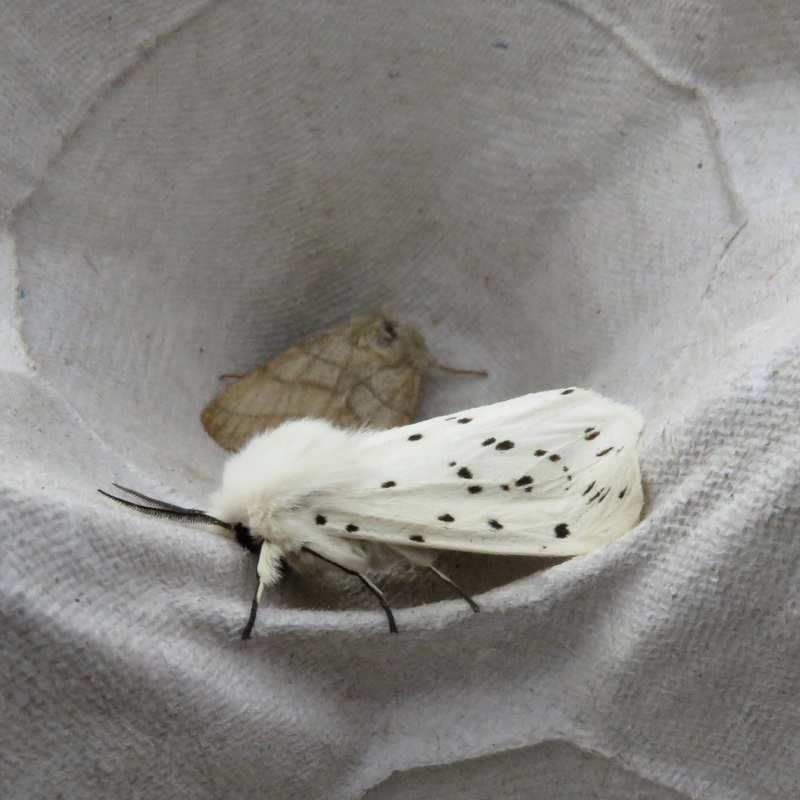
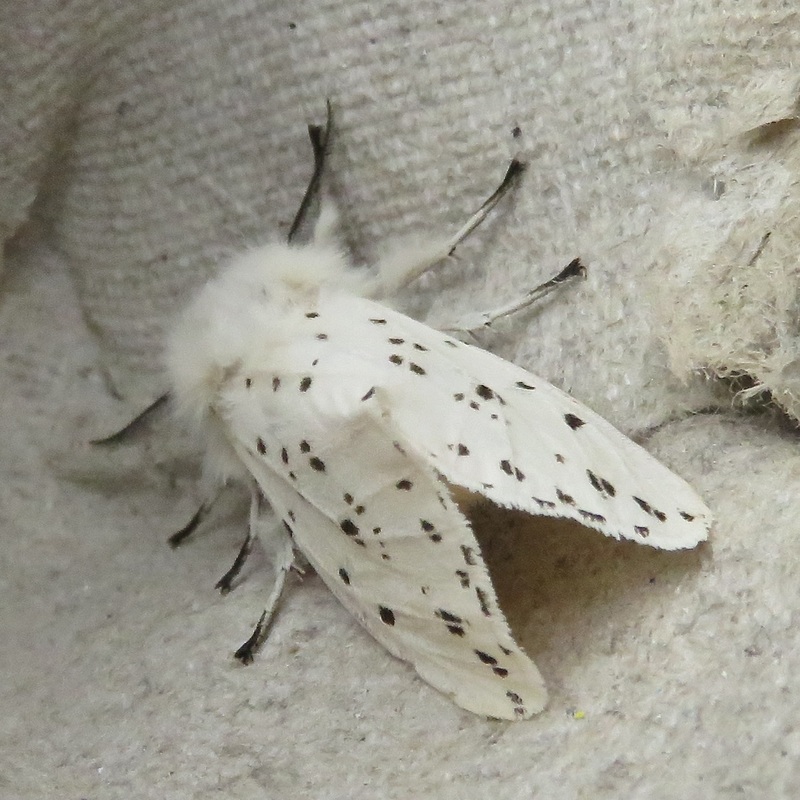
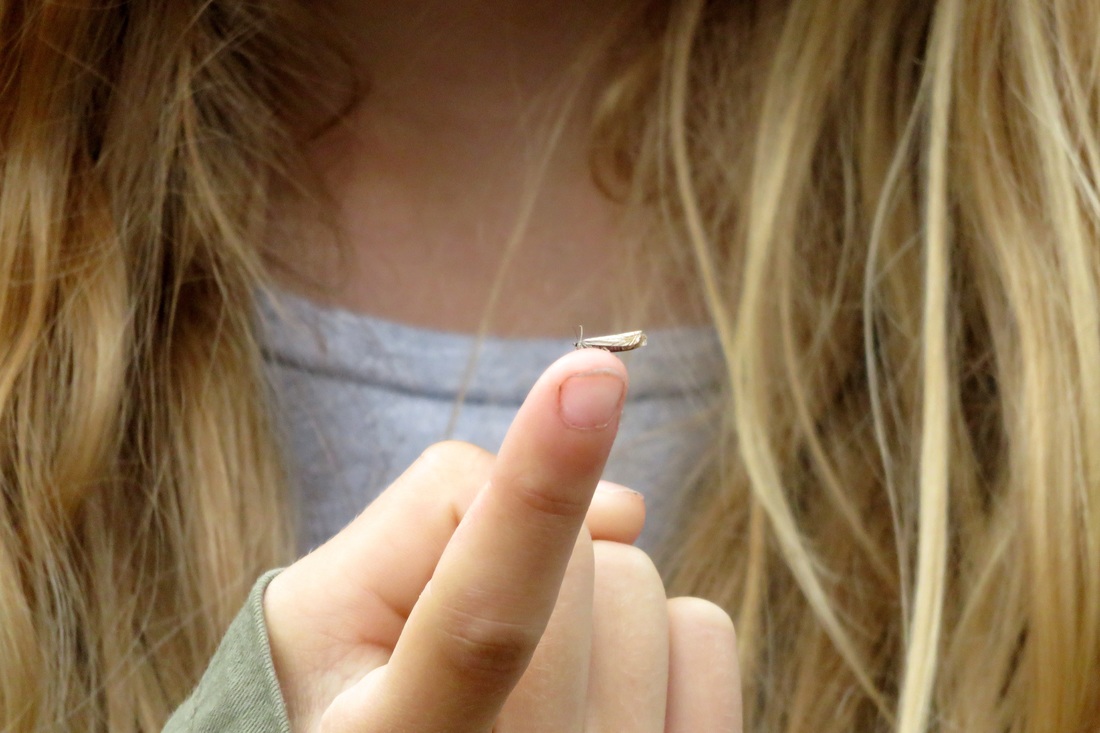
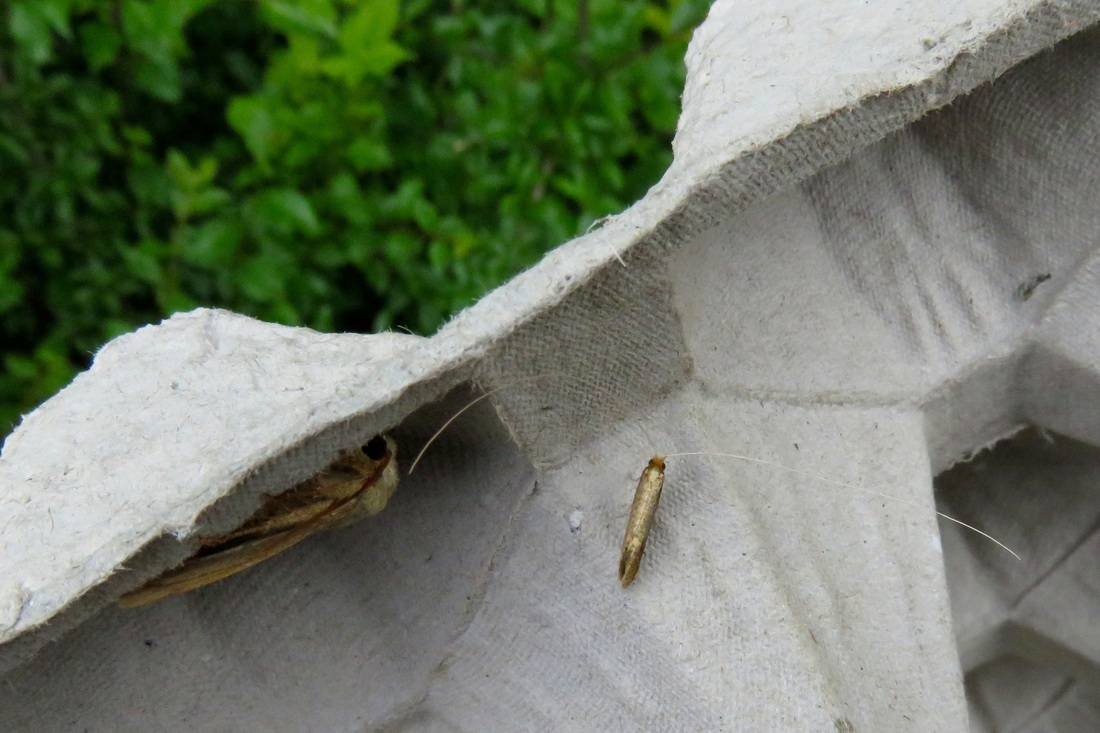
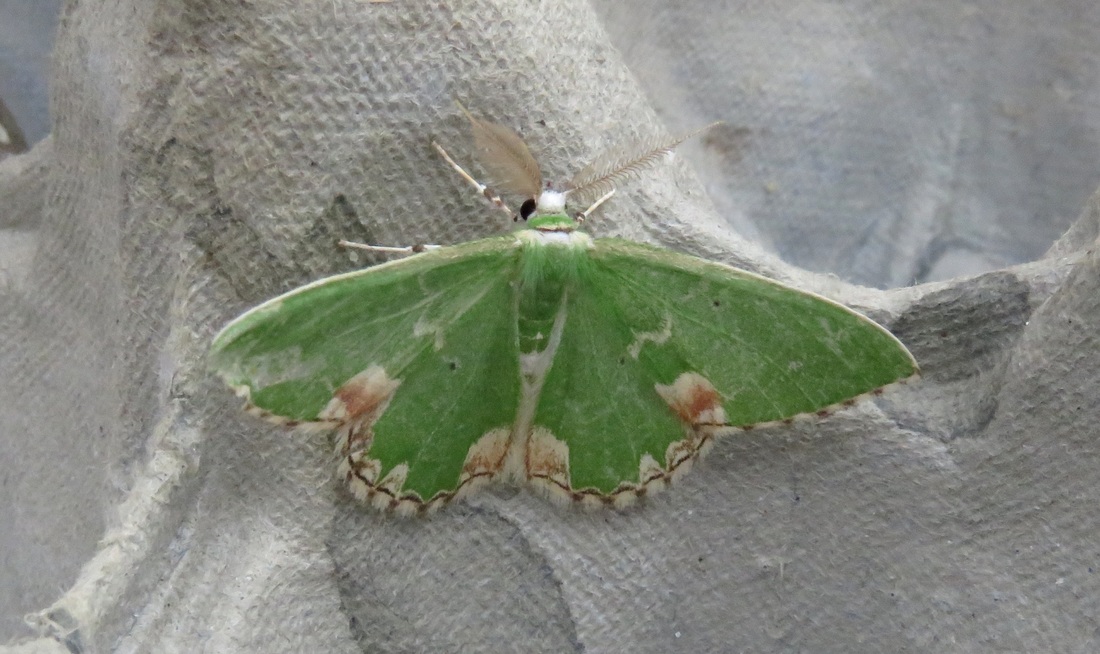
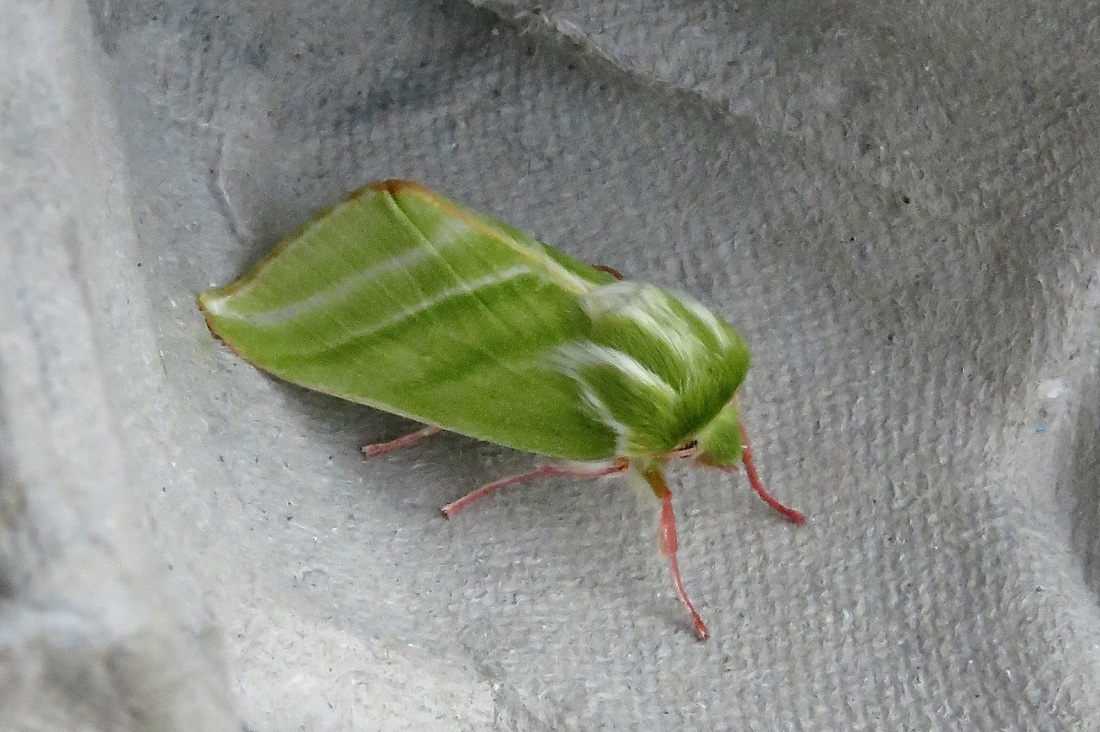
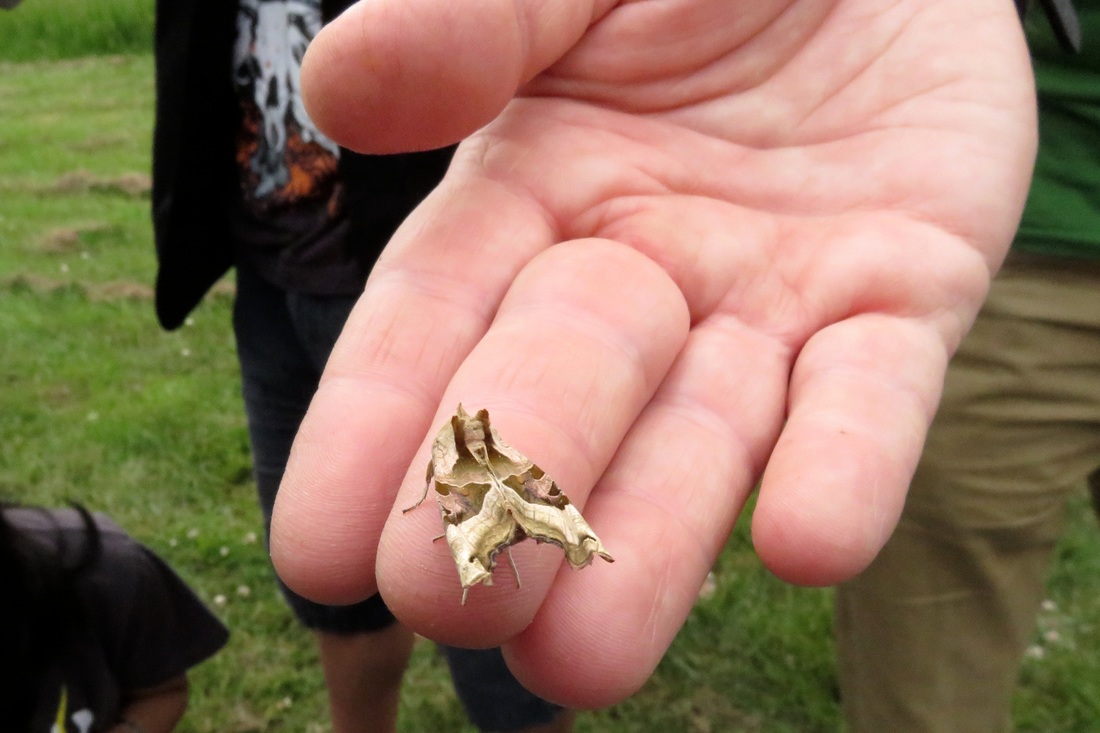
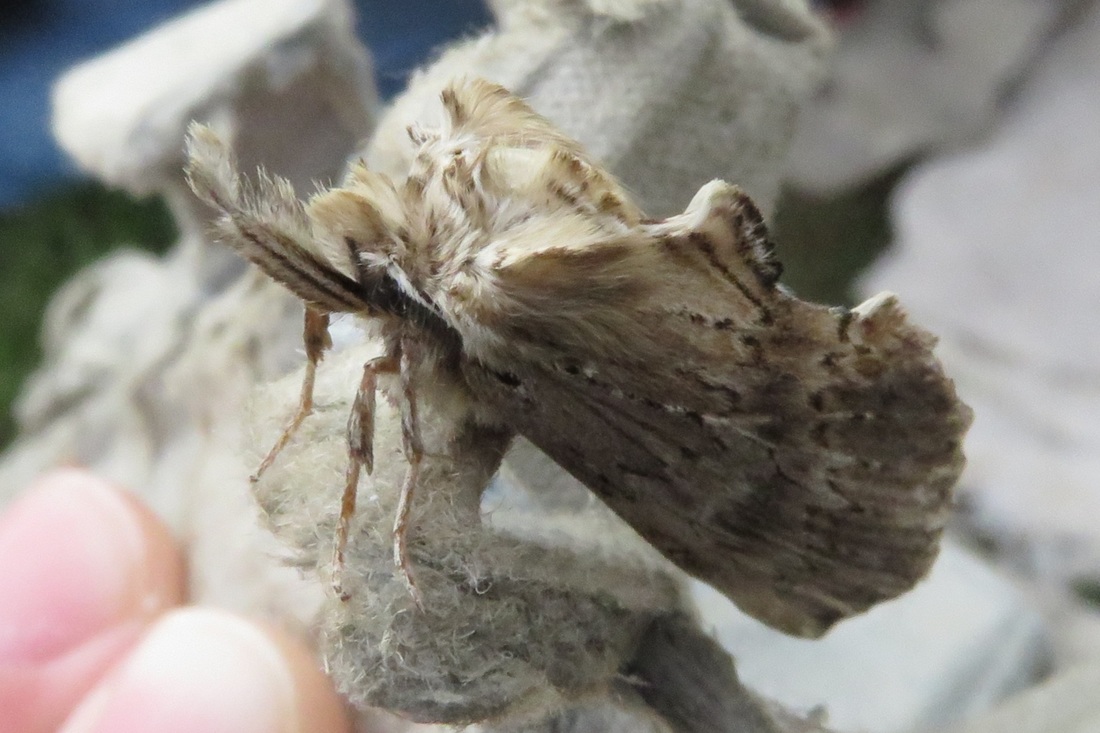
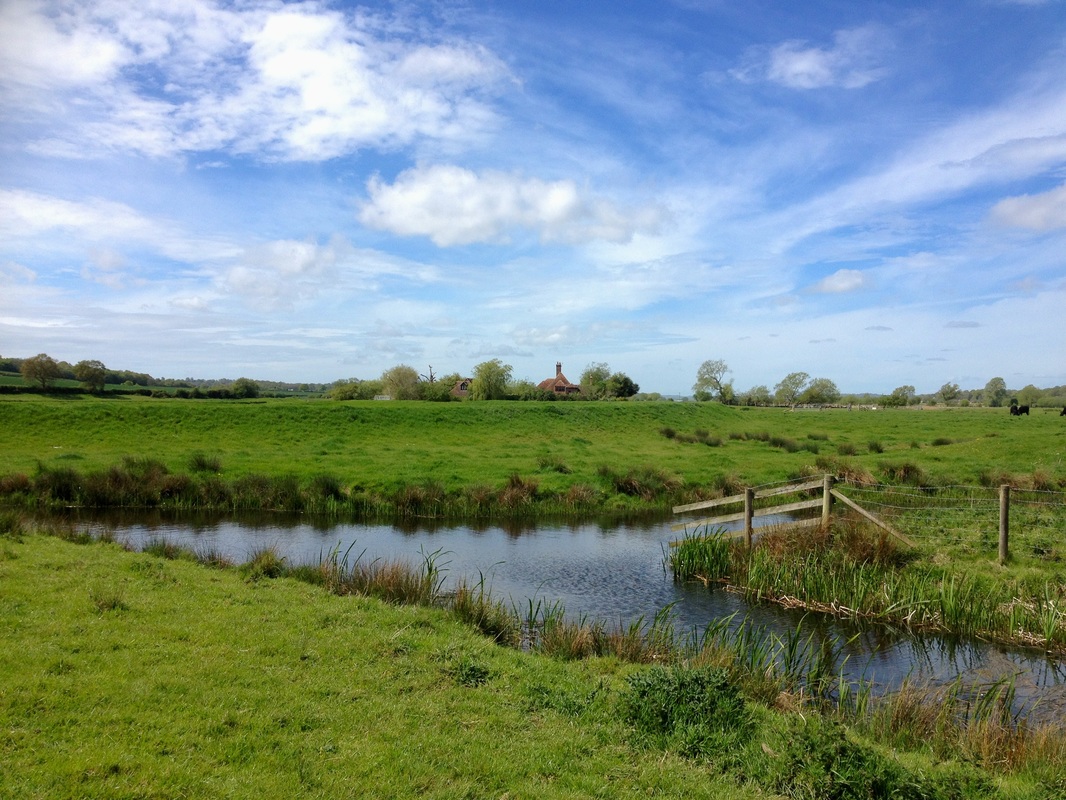
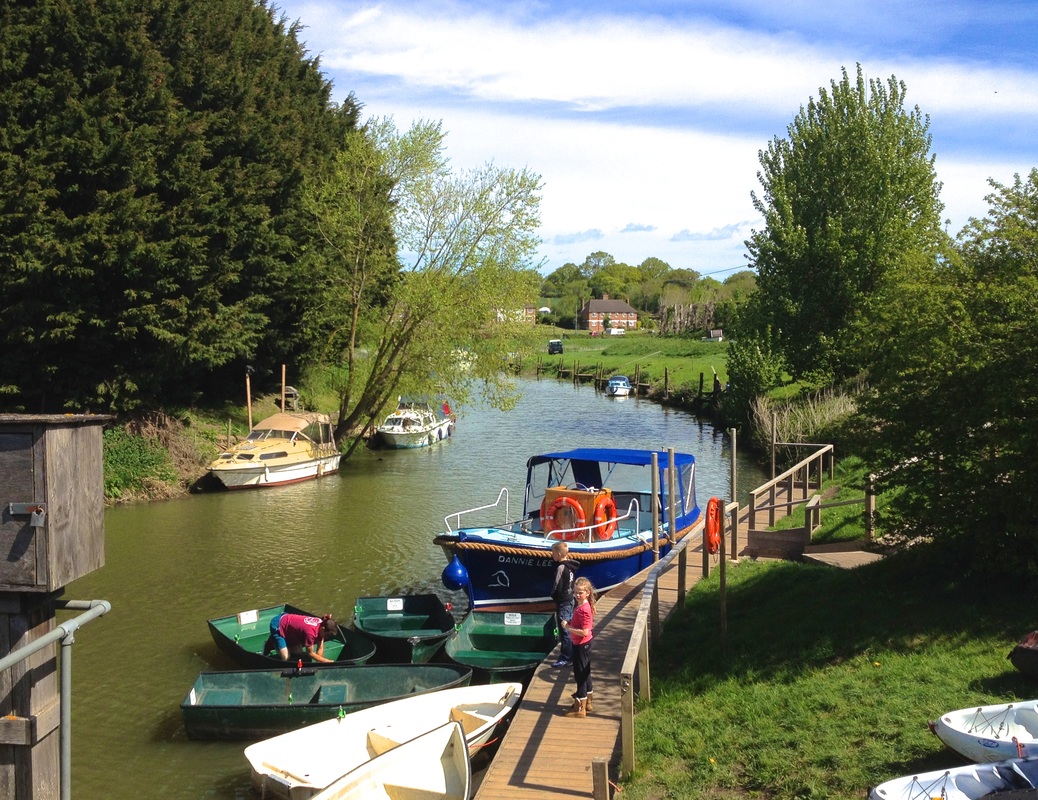
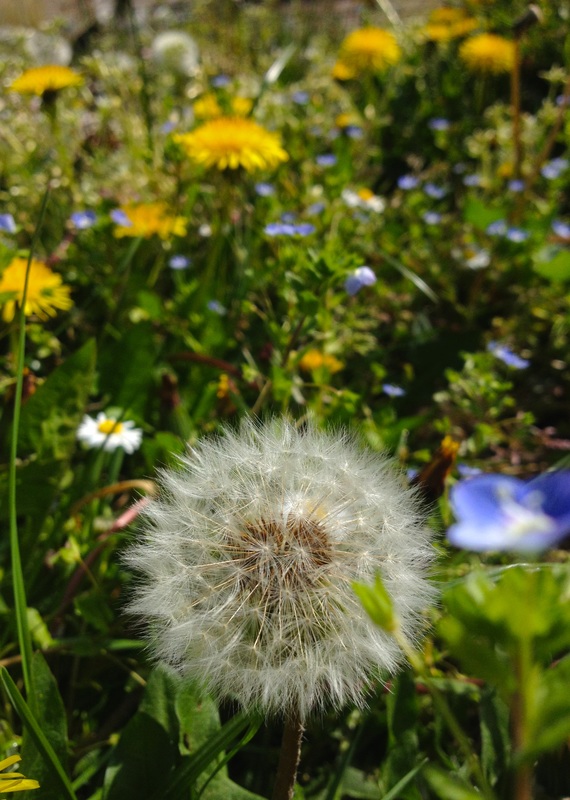
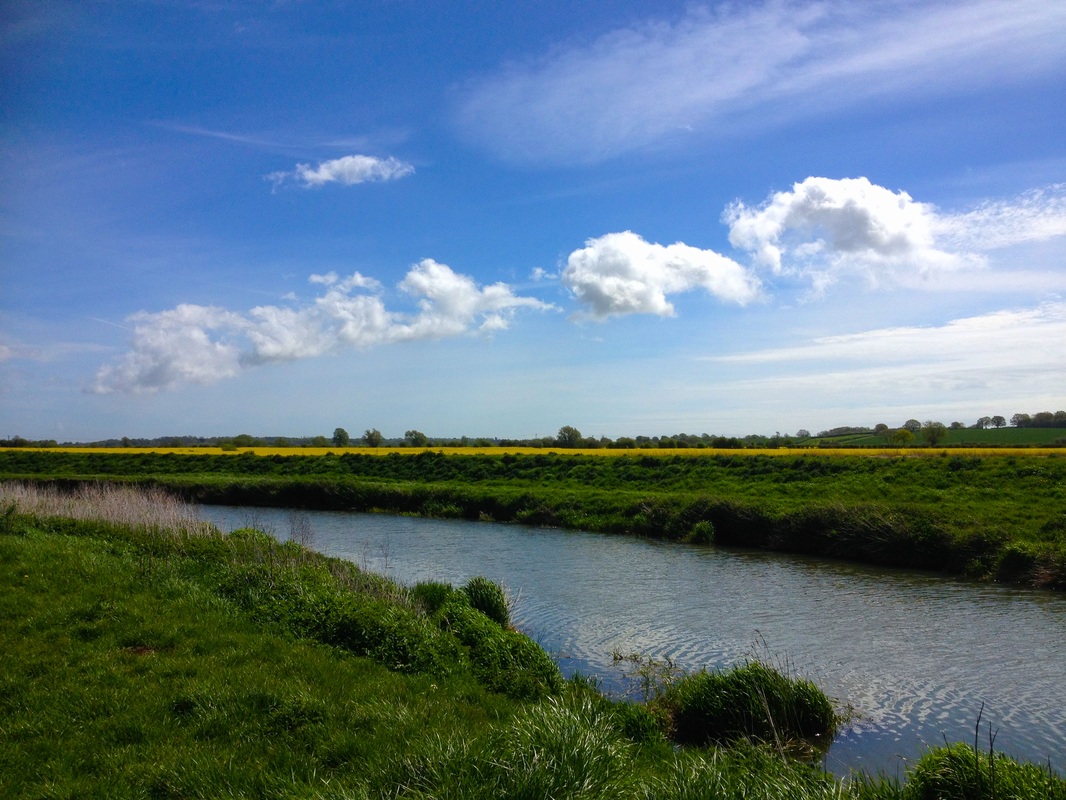
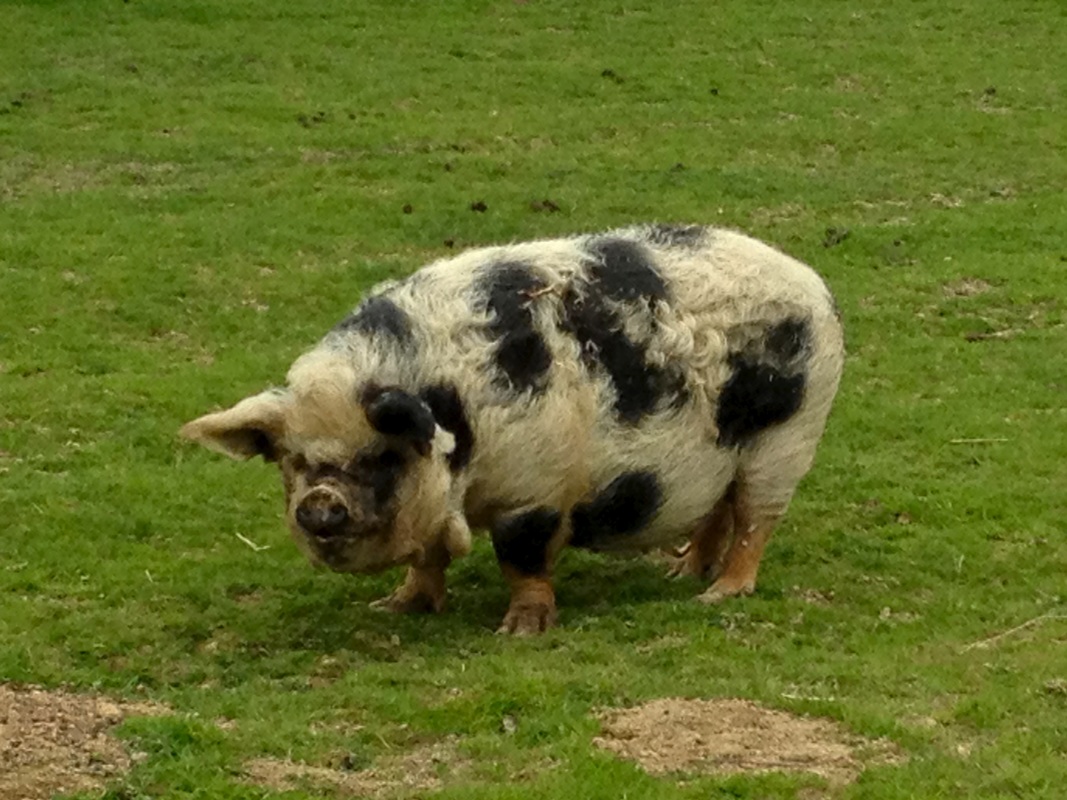
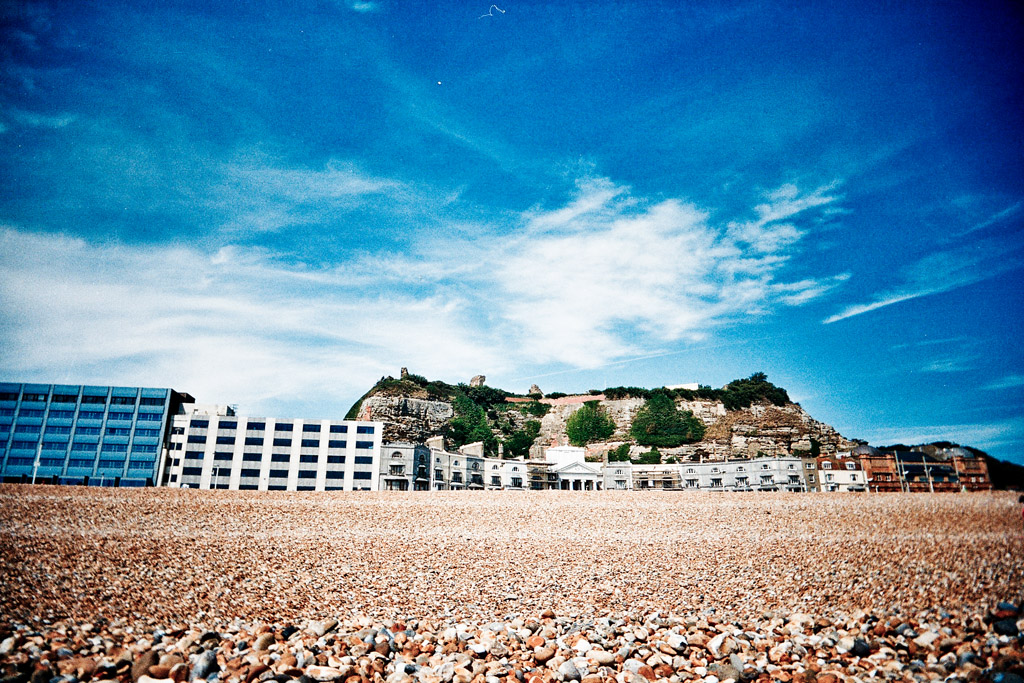
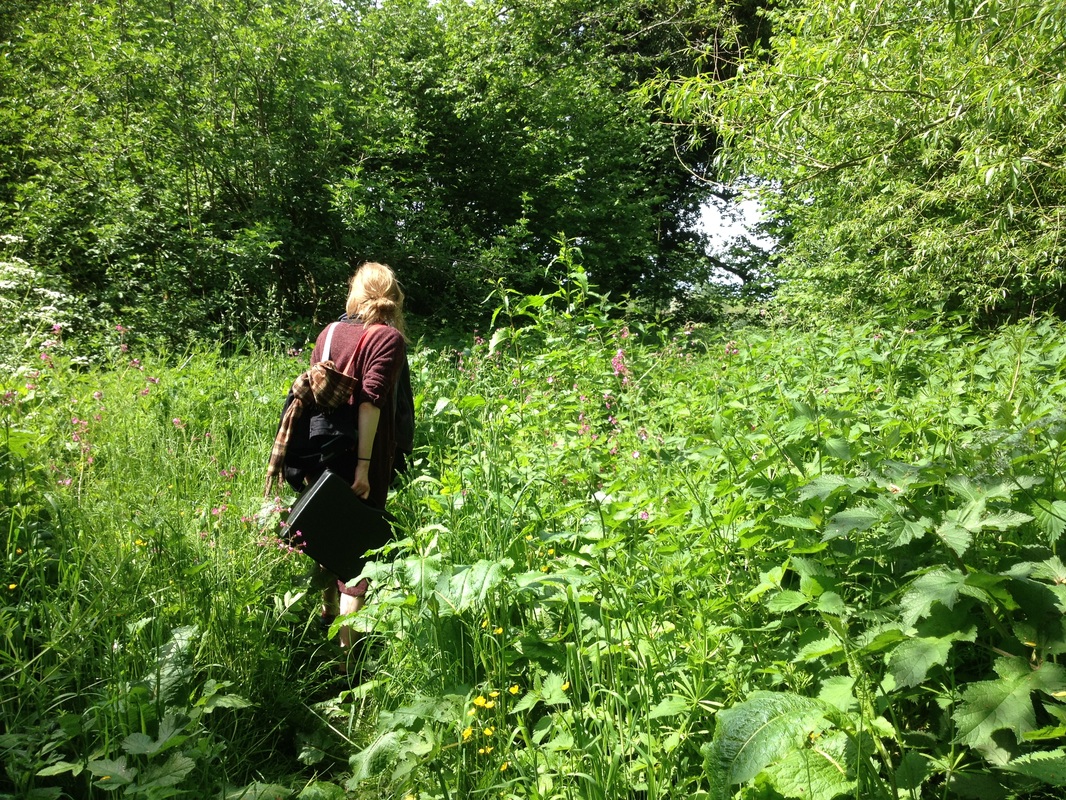
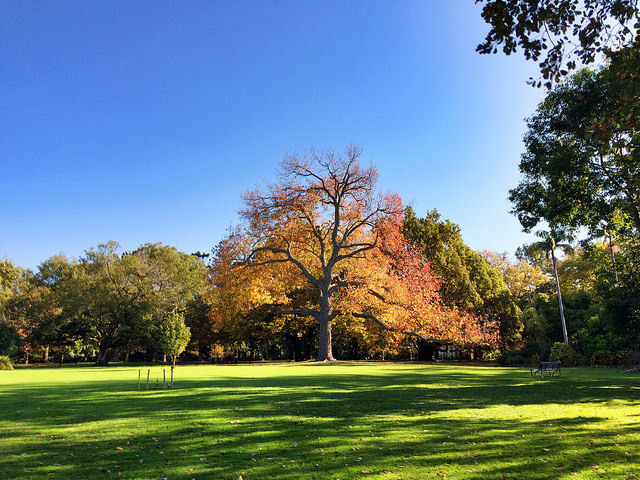
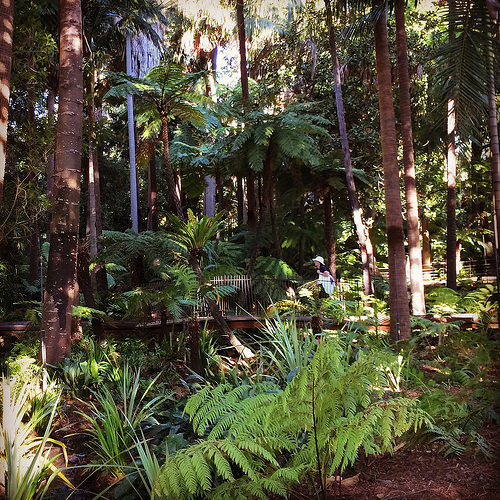
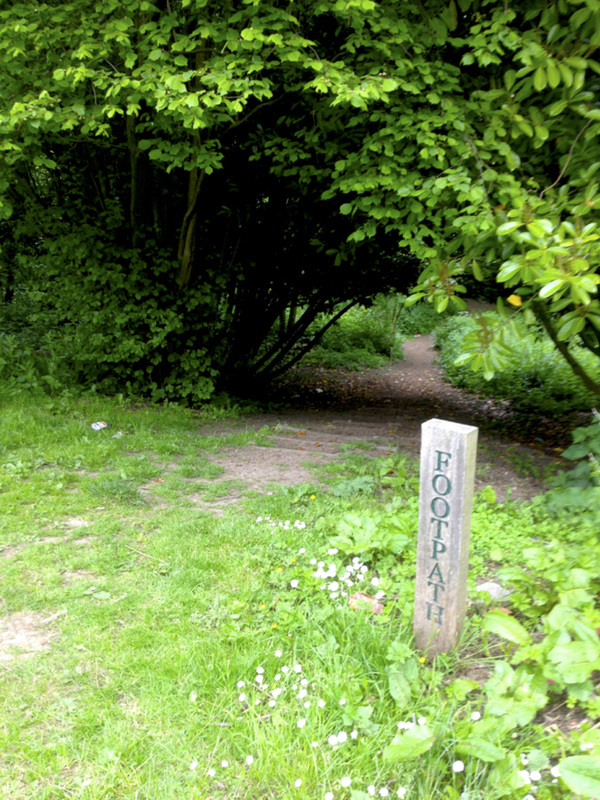
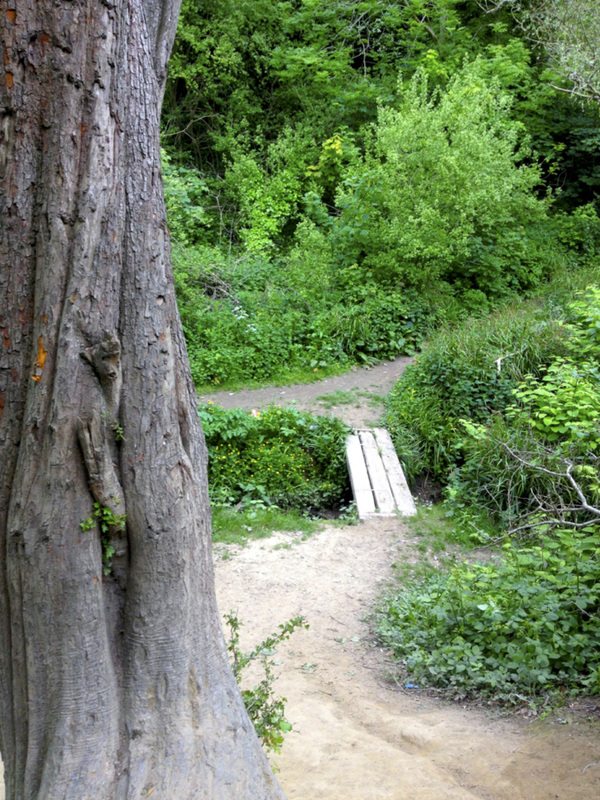
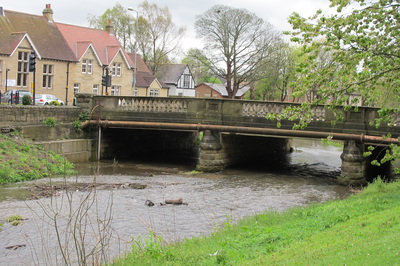
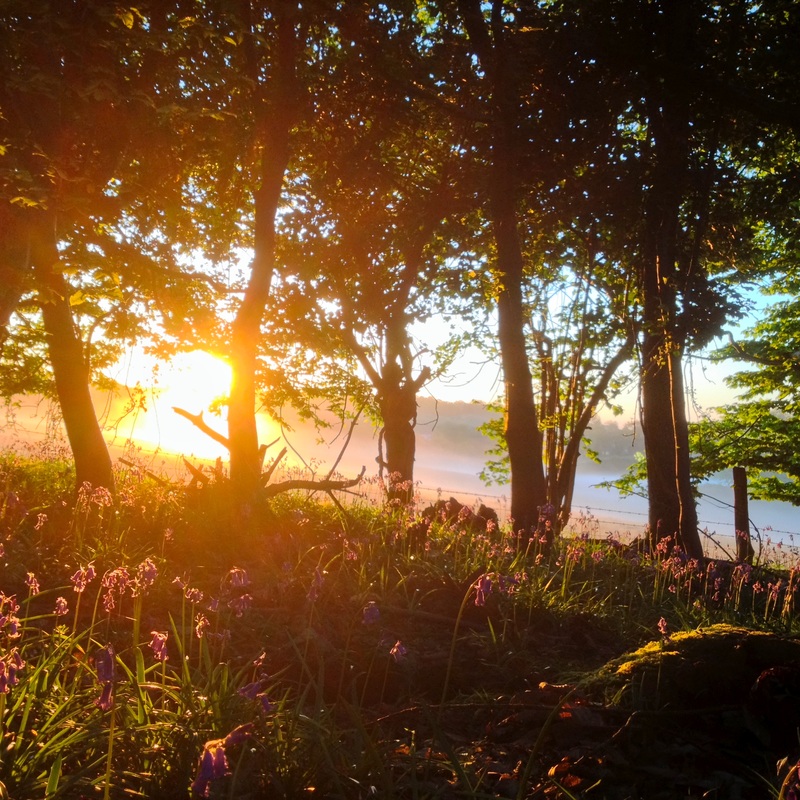
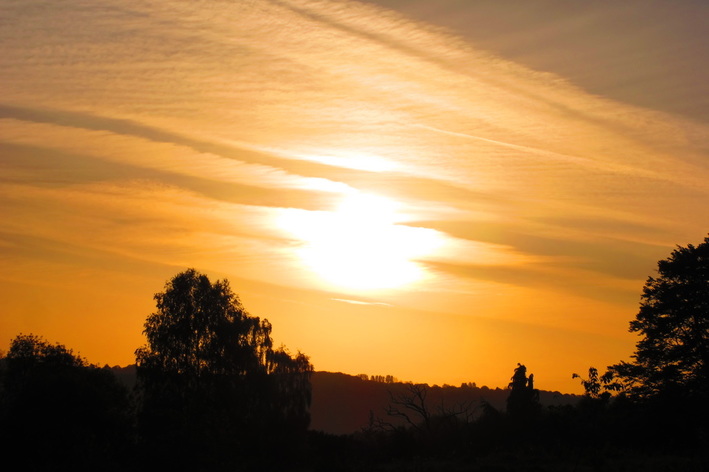
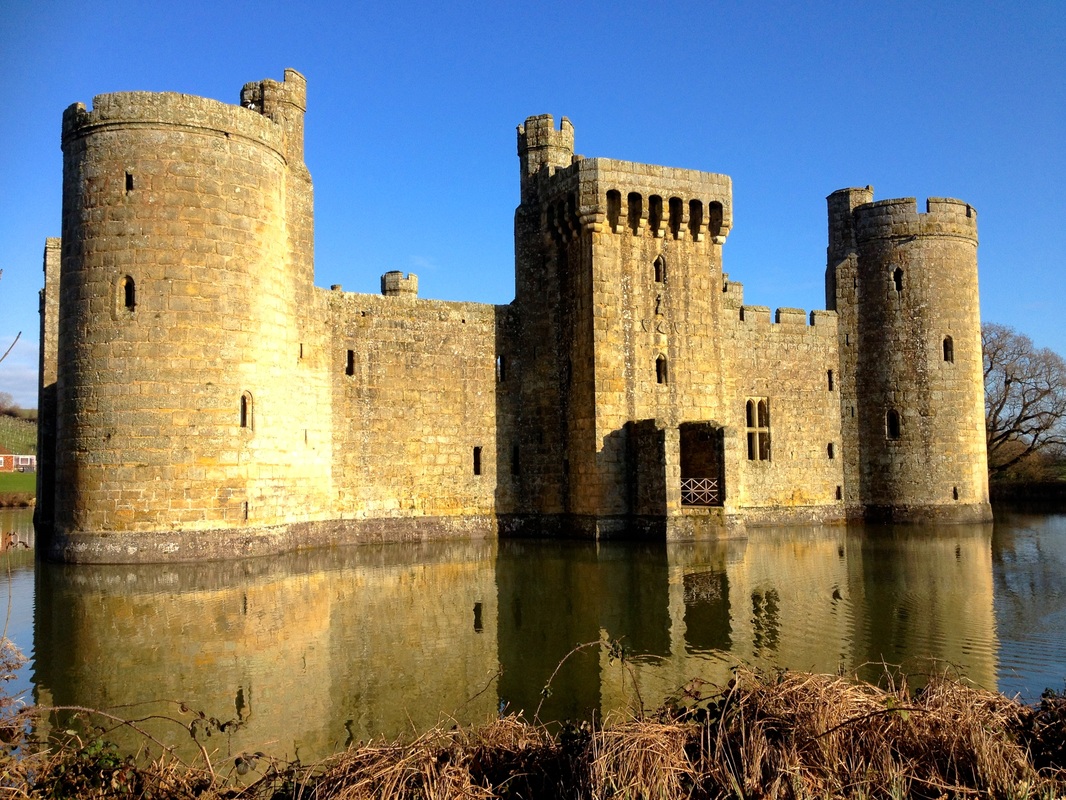
 RSS Feed
RSS Feed
